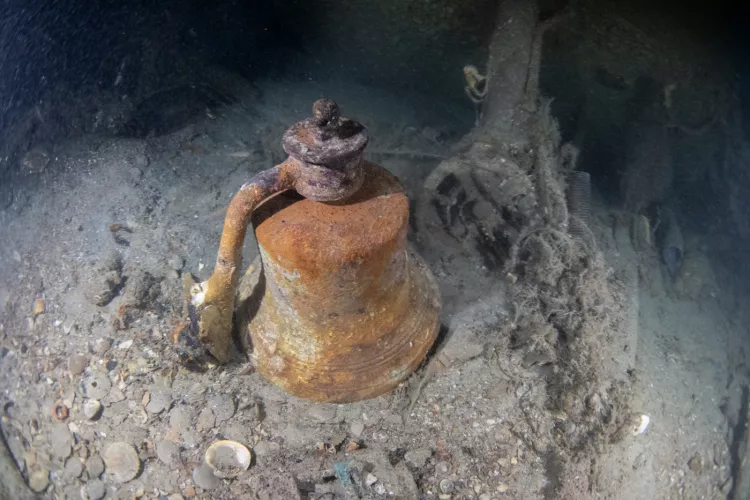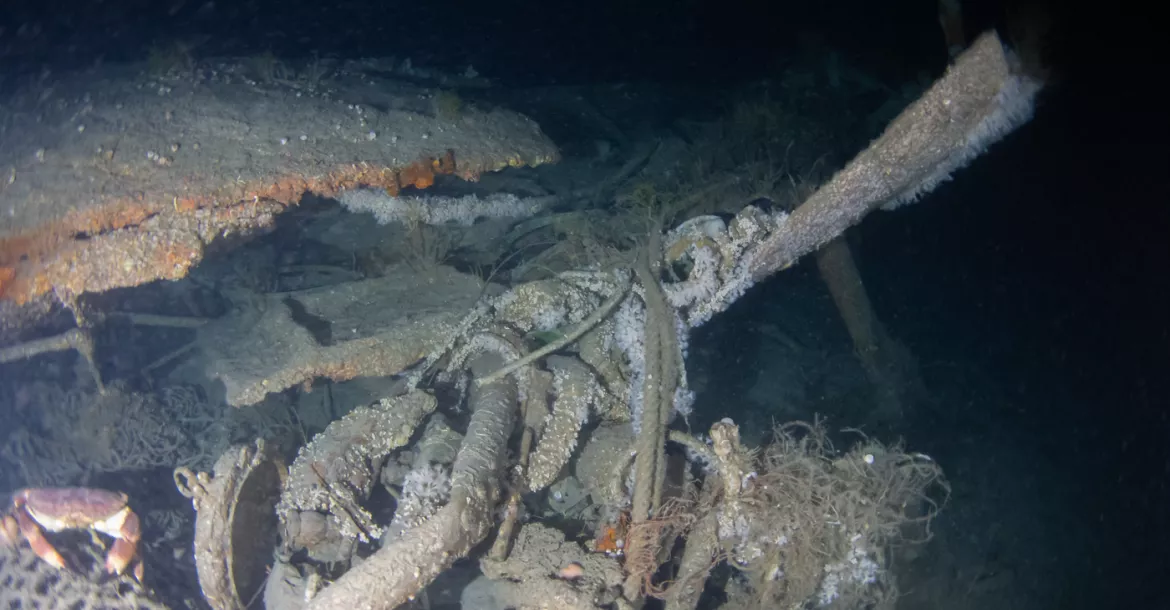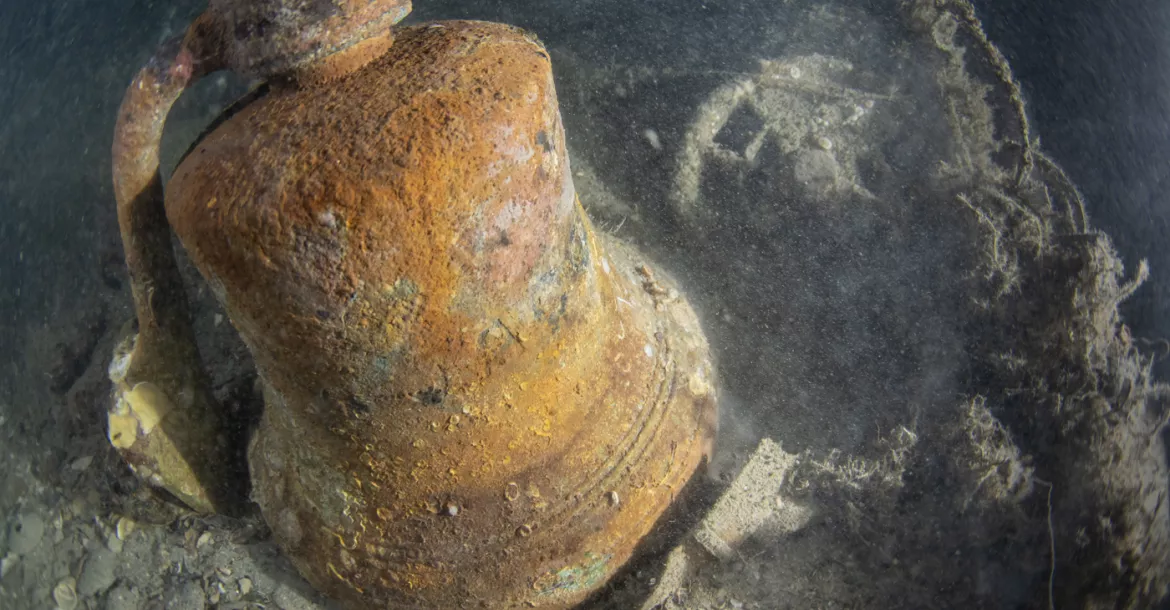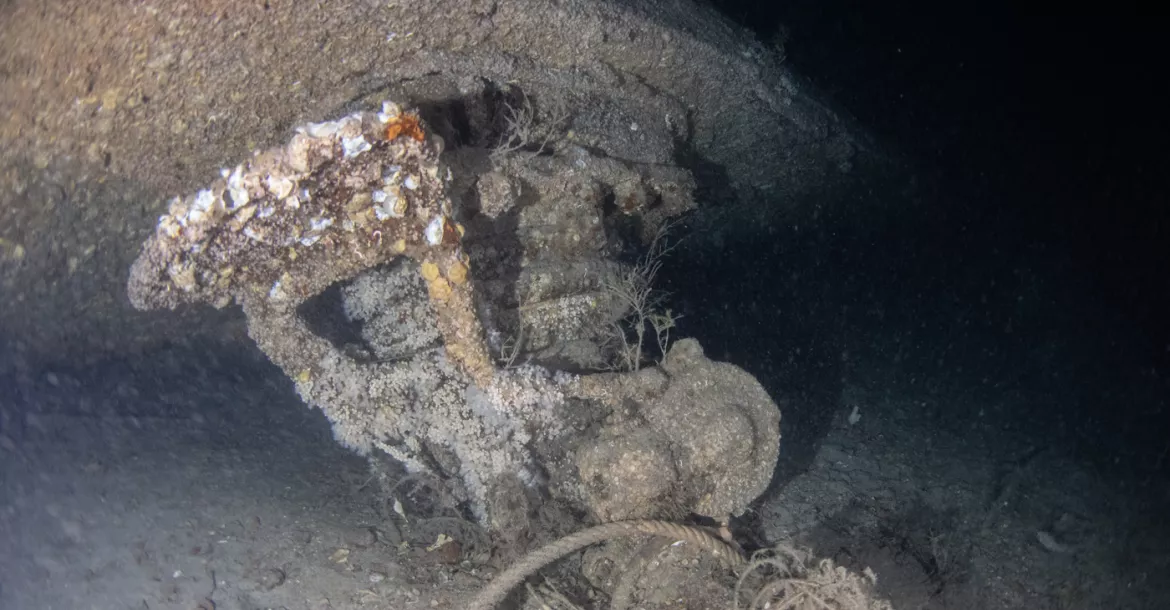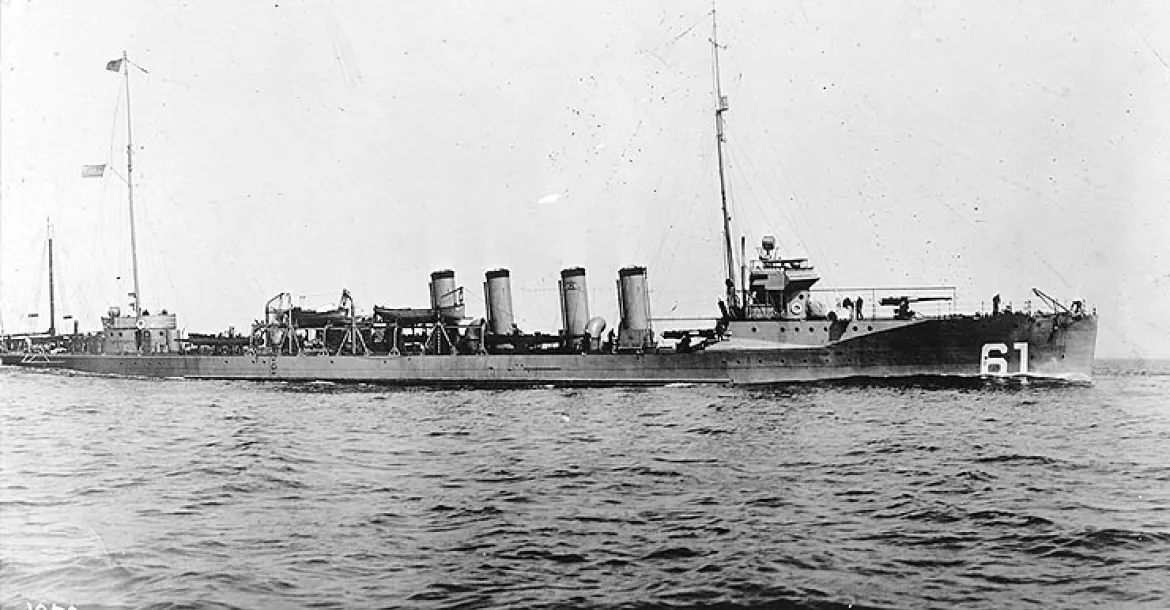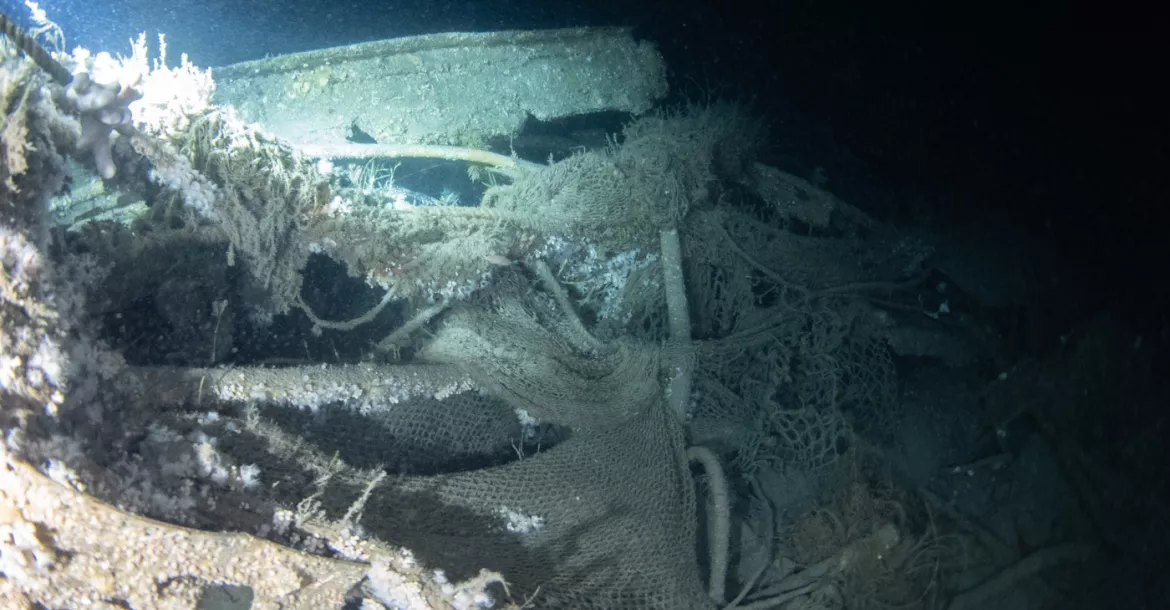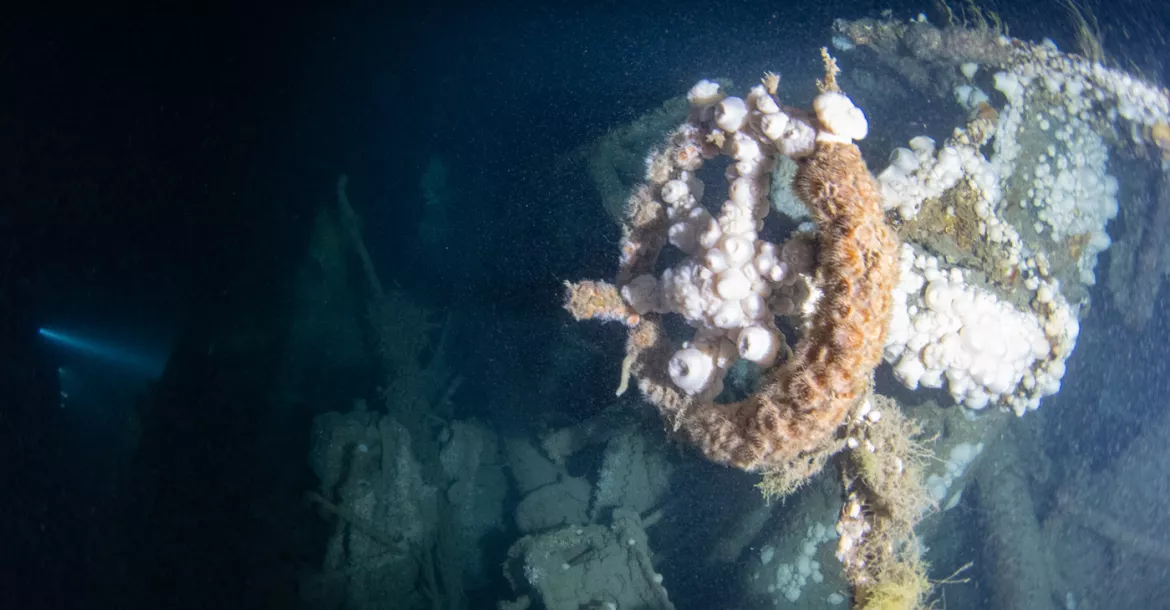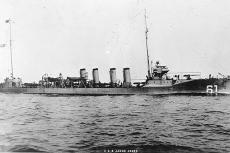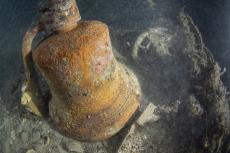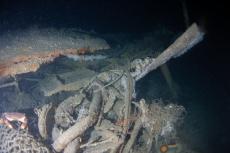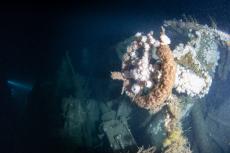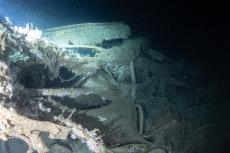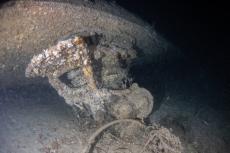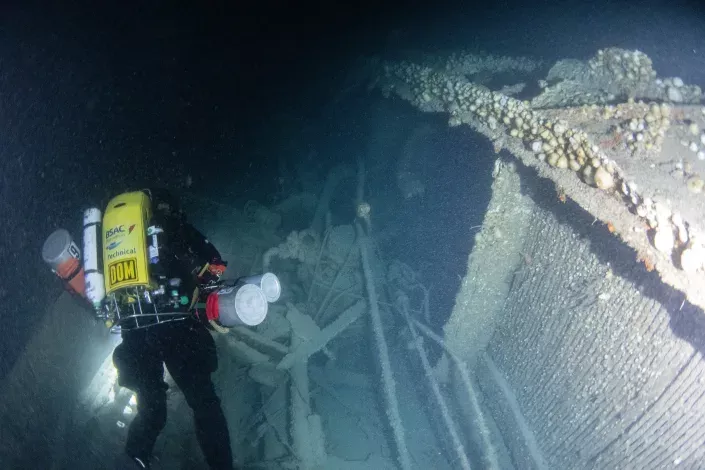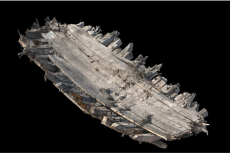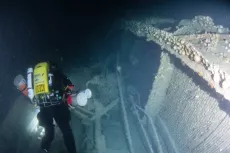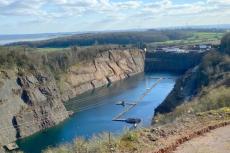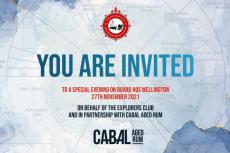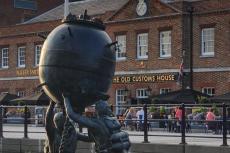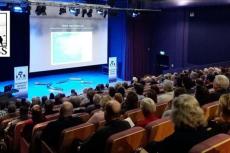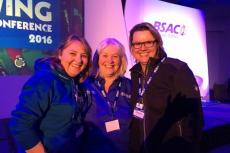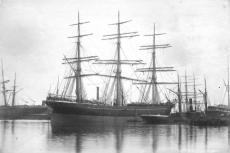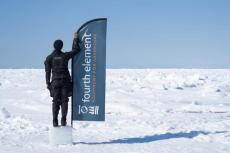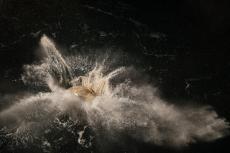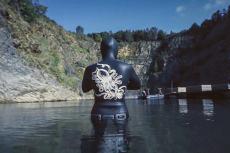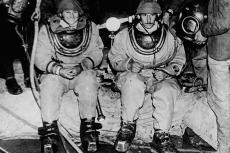Divers find First World War US shipwreck off Cornwall
British divers have found the USS Jacob Jones, a US shipwreck from the First World War which has been missing since it was sunk in 1917, 40 miles off the coast of the Isles of Scilly.
The USS Jacob Jones was the first American destroyer ever to be sunk by enemy fire. After the United States entered World War I in April 1917, Jacob Jones was sent overseas. On 6 December, Jacob Jones was steaming independently from Brest, France, for Queenstown, when she was torpedoed and sunk by the German submarine U-53 with the loss of 66 men out of a crew of 150. The vessel sank in eight minutes without issuing a distress call.
According to Uboat.net, it was the commander of the German submarine, Kapitänleutnant Hans Rose, who radioed the American base at Queenstown with the approximate coordinates of the sinking before departing the area.
Ever since the Jacob Jones has rested on the seabed, its exact position unknown. That is until an experienced diving team dubbed Dark Star, who has a long history of deep diving exploration and has identified wrecks from all over the United Kingdom, set out to find the wreck.
On 11 August, the team found the vessel off the coast of the Isles of Scilly at a depth of 115m (377ft). It was immediately clear that the wreck was that of the Jacob Jones as its name was written on parts of the shipwreck. Numerous artefacts were located, including the ship's bell.
Report
Richard Ayrton, one of the divers who took part in the expedition, writes:
"As a team member and photographer for the UK-based Darkstar dive team, headed up by Mark Dixon, it was exciting to be part of the expedition to locate the USS Jacob Jones. The original research, checking UK hydrographic charts as well as historic documents was carried out by Steve and Barbara Mortimer and assisted from the US by historian Michael Lowrey who was able to help with U-boat archive documentation.
"Our target wrecks were a long way from the nearest port being over 50 miles from Land’s End Cornwall, we needed good weather conditions and thankfully we were blessed with such in early August 2022.
"The dive boat Darkstar has been based in Plymouth, UK, and we loaded kit here, then met the boat farther west at Falmouth. First dive, something of a checkout, was on the 70m deep HNorMS Eskdale, which gave us all a fascinating insight into destroyer shipwrecks. We moved onto the port of Newlyn, a large fishing port west of Penzance and the closest to Land’s End.
"On the first day diving the targets we found ourselves on a Collier in 105m, a super dive in its own right with good but dark visibility. Unfortunately, we could find nothing to identify the wreck other than a stoneware jug marked Swansea (South Wales). We were sure that it had never been dived before, but it was otherwise unremarkable.
"That evening, charts were checked, positions reviewed and the target for the following day decided. A rather less substantial mark, it proved to be what we were after.
"Conditions were not perfect but acceptable. Currents that far into the Atlantic can be difficult to predict, and we did have some problems getting the decompression station attached to the main shot line.
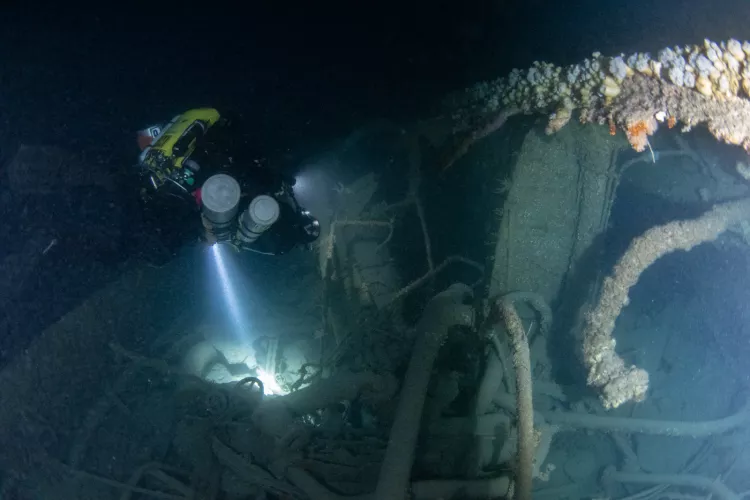
"I was diving with Dom Robinson. We both had DiveX Piranah scooters, which proved invaluable on the dive as a significant current was running throughout. The scooters enabled us to power down the shotline and then get around the wreck much more effectively than the free-swimming divers.
"Deeper by several meters than the previous day, I quickly saw a gun base on the almost upturned wreck. Then moving forward past machinery, I spotted the ship’s bell! And bridge gear. A very exciting moment!
"Dom and I turned the bell over, creating a massive silt cloud, so we swam off to look at other things before returning. When I was able to see part of the name Jacob on the side of the bell, we knew we had found USS Jacob Jones and had a whoop through our rebreather loops and a handshake before setting off to see more of the wreck, passing boilers and engine machinery before getting to the stern with bent and twisted propeller shafts.
"From there, we powered our scooters back to the safety of the blinking strobes on the shotline and our long ascent back to the surface.
"All divers were using AP Diving Inspiration rebreathers. I was using 8/80 trimix diluent. My dive worked out at 25 minutes from the start of the descent to returning to the shotline, and I was able to surface at 3hrs 20minutes. Water temperature was 11°C below 30m but rose to 20°C on the 6m decompression stop (which was very welcome)."
